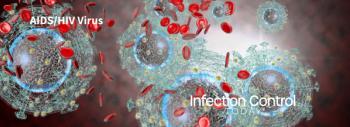
WHO Issues New Guidelines on HIV Testing Services
Globally only 51 percent of people living with HIV know of their status. A new set of guidelines from the World Health Organization (WHO) provides a recommendation to support HIV testing services by trained lay providers and considers the potential of HIV self-testing to increase access to and coverage of HIV testing. The guidelines also address issues and elements for effective delivery of HIV testing services that are common in a variety of settings, contexts and diverse populations.
In addition, this document provides a new recommendation to support HTS by trained lay providers, considers the potential of HIV self-testing to increase access to and coverage of HIV testing, and outlines focused and strategic approaches to HTS that are needed to support the new UN 90 –90 –90 global HIV targets – the first target being diagnosis of 90 percent of people with HIV.
WHO says this guidance will assist national program managers and service providers, including those from community-based programs, in planning for and implementing HTS.
Newsletter
Stay prepared and protected with Infection Control Today's newsletter, delivering essential updates, best practices, and expert insights for infection preventionists.






